Outdoor Fireplace Liner
An outdoor fireplace liner is an essential component of any outdoor fireplace, providing both protection and durability while enhancing the overall functionality of the fireplace. Typically made from materials such as stainless steel, firebrick, or refractory cement, the liner acts as a shield that protects the fireplace’s structure from the intense heat generated during use. By lining the firebox, the liner ensures that the outer walls of the fireplace do not deteriorate over time due to constant exposure to high temperatures. This not only prolongs the life of the fireplace but also maintains its structural integrity, preventing issues like cracking, warping, or even potential fire hazards. For anyone considering building or upgrading an outdoor fireplace, investing in a high-quality liner is a crucial step in ensuring long-term performance and safety.
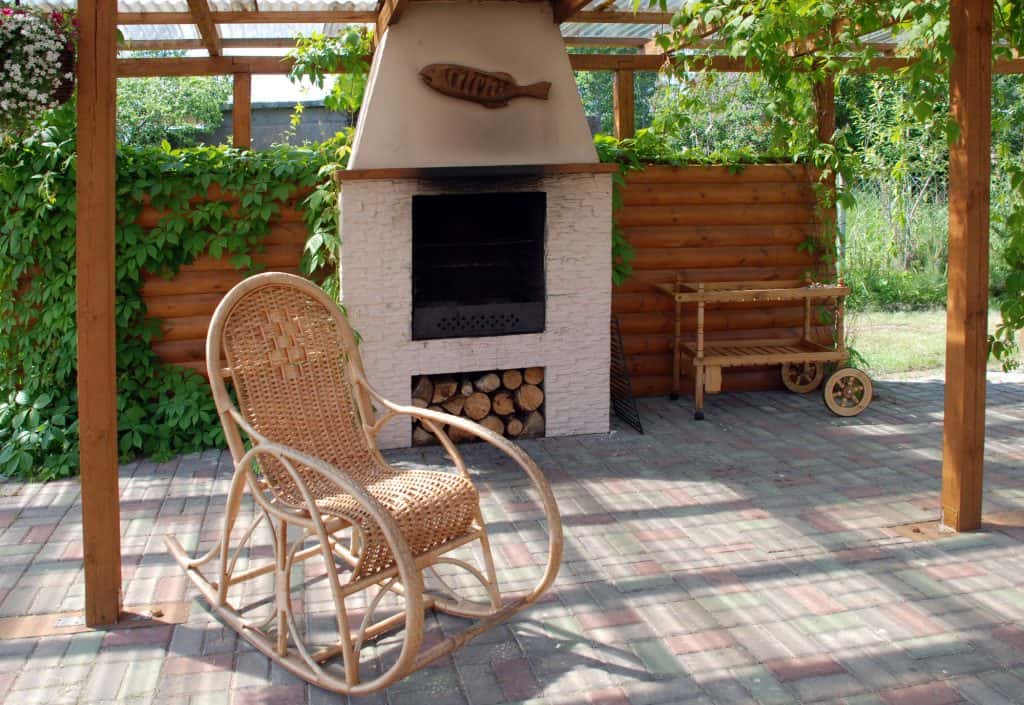
The choice of material for an outdoor fireplace liner is critical, as it directly impacts the fireplace’s durability and heat resistance. Firebrick liners, made from ceramic or clay, are known for their ability to withstand extreme temperatures and are often used in both indoor and outdoor fireplaces. These bricks are typically arranged in a staggered pattern to evenly distribute heat and prevent hot spots, which can cause damage over time. Refractory cement liners, on the other hand, are a more modern option, offering a seamless and highly heat-resistant surface. This material is especially popular for custom fireplaces where a smooth, uniform finish is desired. Stainless steel liners are another option, particularly for prefabricated fireplaces or those with a contemporary design. Stainless steel offers excellent resistance to rust and corrosion, making it ideal for outdoor settings where the fireplace is exposed to the elements. Each of these materials offers unique benefits, and the choice often depends on the specific needs and design preferences of the homeowner.
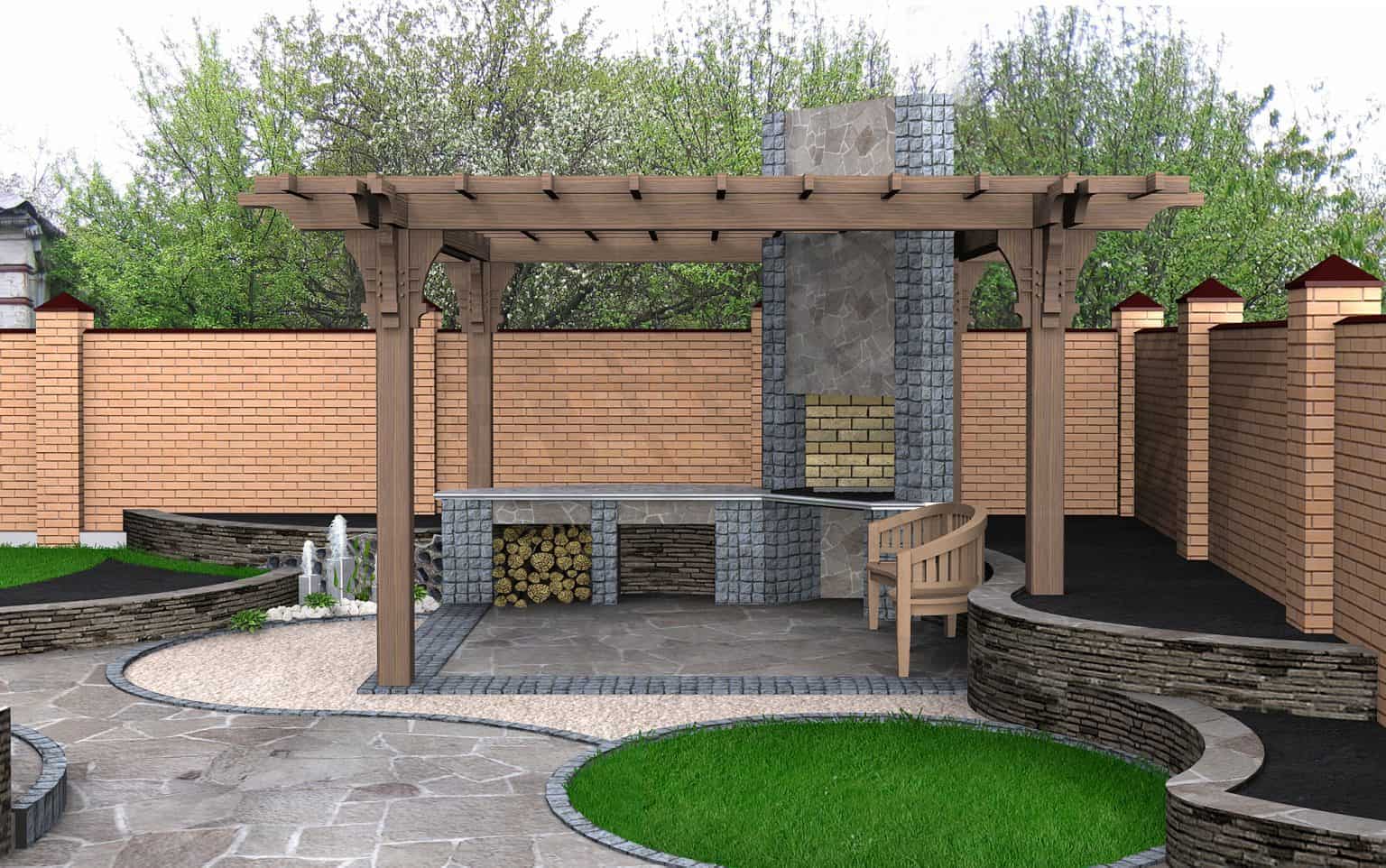
In addition to providing protection, an outdoor fireplace liner plays a significant role in improving the fireplace’s efficiency. By reflecting heat into the firebox, the liner helps to maintain higher temperatures within the combustion chamber, ensuring that the fuel burns more completely and efficiently. This results in better heat output, which is particularly important for outdoor fireplaces that are often used in cooler weather. A well-designed liner can also improve the draw of the chimney, reducing the likelihood of smoke or fumes escaping into the surrounding area. This not only makes the fireplace more enjoyable to use but also enhances safety by minimizing the risk of smoke inhalation or carbon monoxide buildup. Furthermore, an efficient fireplace uses less fuel, whether wood, gas, or another source, making it a more environmentally friendly and cost-effective option in the long run.

Maintenance and care of an outdoor fireplace liner are essential to ensure its longevity and continued performance. Regular inspections should be conducted to check for any signs of wear, such as cracks in a firebrick liner or rust in a stainless steel one. Any damage should be addressed promptly to prevent further deterioration that could compromise the fireplace’s safety. Cleaning the liner periodically is also important, especially for wood-burning fireplaces where soot and creosote can accumulate over time. This buildup not only affects the efficiency of the fireplace but can also pose a fire hazard if not properly managed. For gas fireplaces, ensuring that the liner remains clean and free of debris will help maintain optimal operation and prevent any potential blockages in the venting system. By taking the time to properly care for an outdoor fireplace liner, homeowners can enjoy their outdoor fireplace for many years, knowing that it is safe, efficient, and well-protected against the rigors of regular use and exposure to the elements.
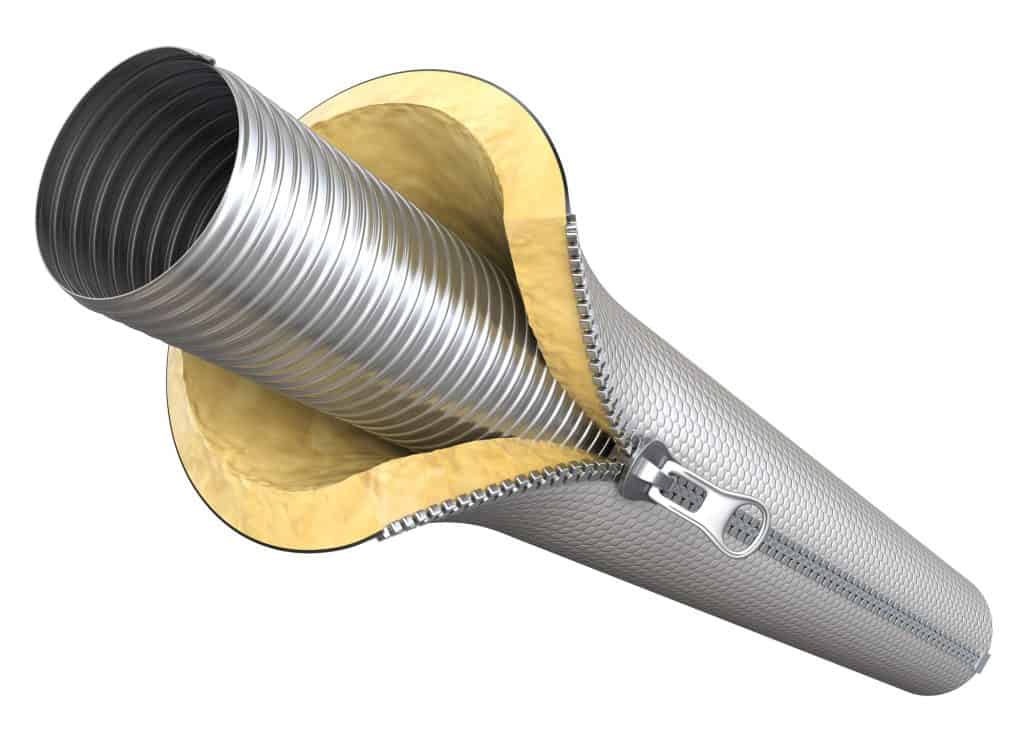
Square Fire Pit Liner / FlameCraft Contemporary Outdoor Gas Fireplace : With this handy hgtv
Superior FMI Tuscan Outdoor Wood Burning Fireplace Hearth 36″ WRE3036 S36
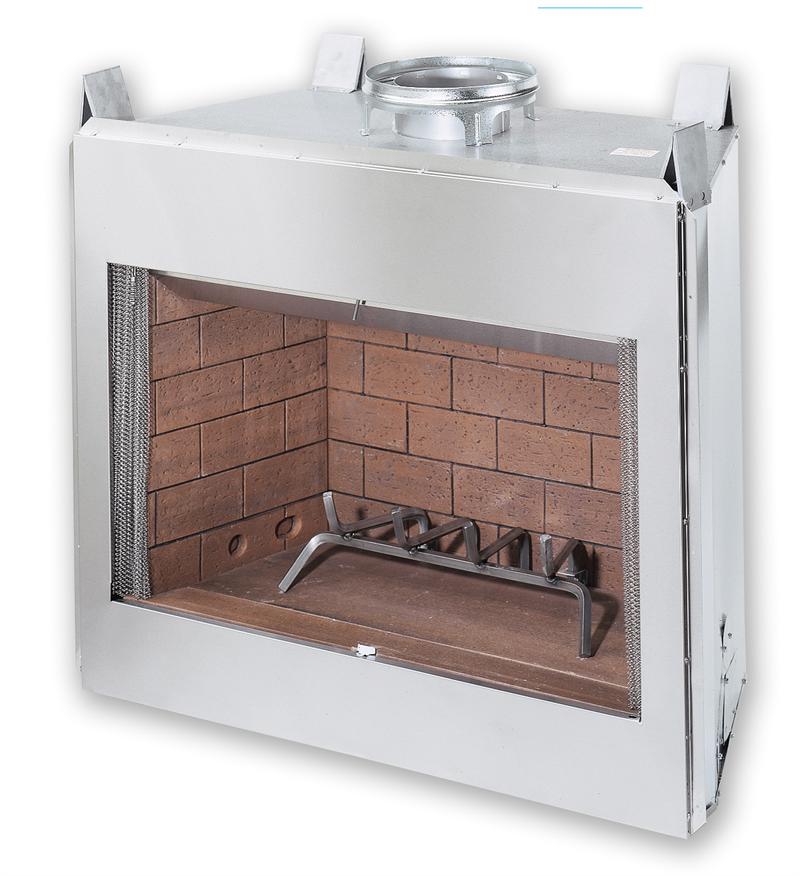
42″ O42 Alpine Outdoor Stainless Steel Vent Free Gas Fireplace Hearth Refractory Brick Liner

CHIMNEY LINERS

Great Ways to Finish Your Outdoor Fireplace – Your DIY Outdoor Fireplace Headquarters
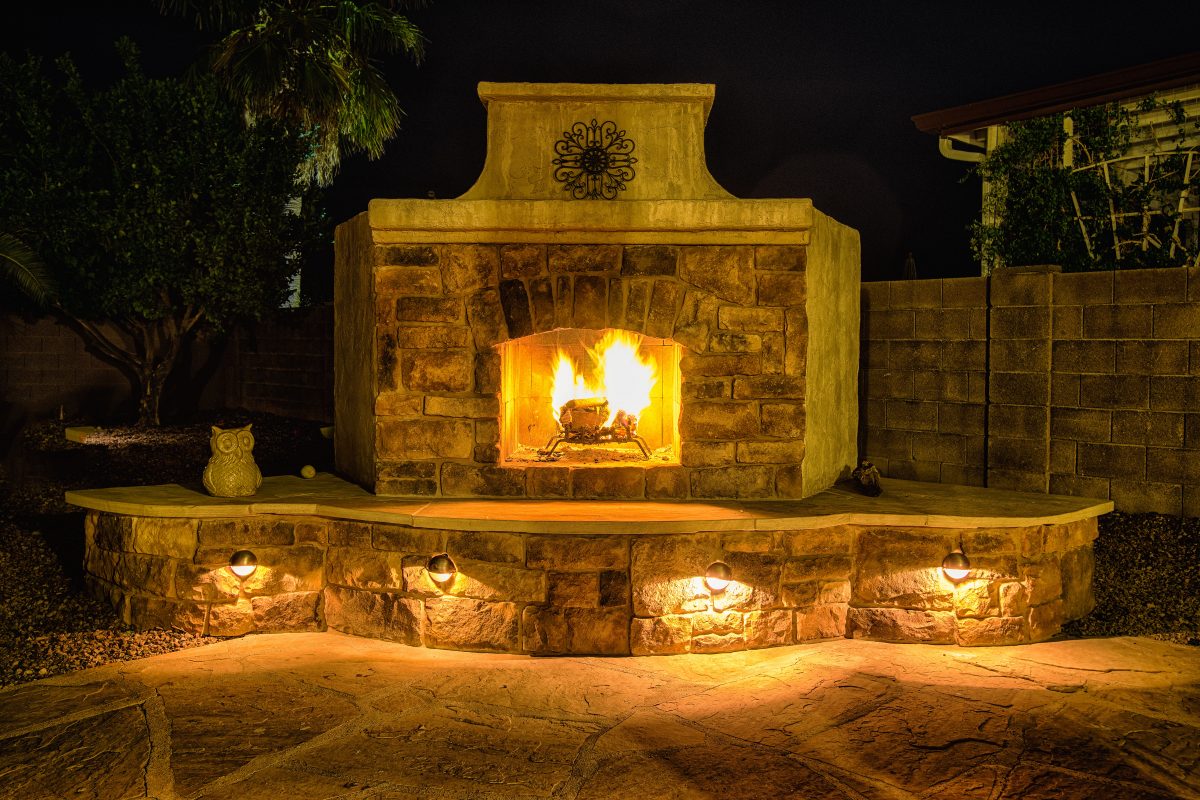
Vail 36 (Shown with Ceramic Log Set, Aged Brick Liner, Mission Louvers & Door) Vent free gas

Fire pit liner: Best protection for the fire pits FIREPLACE DESIGN IDEAS
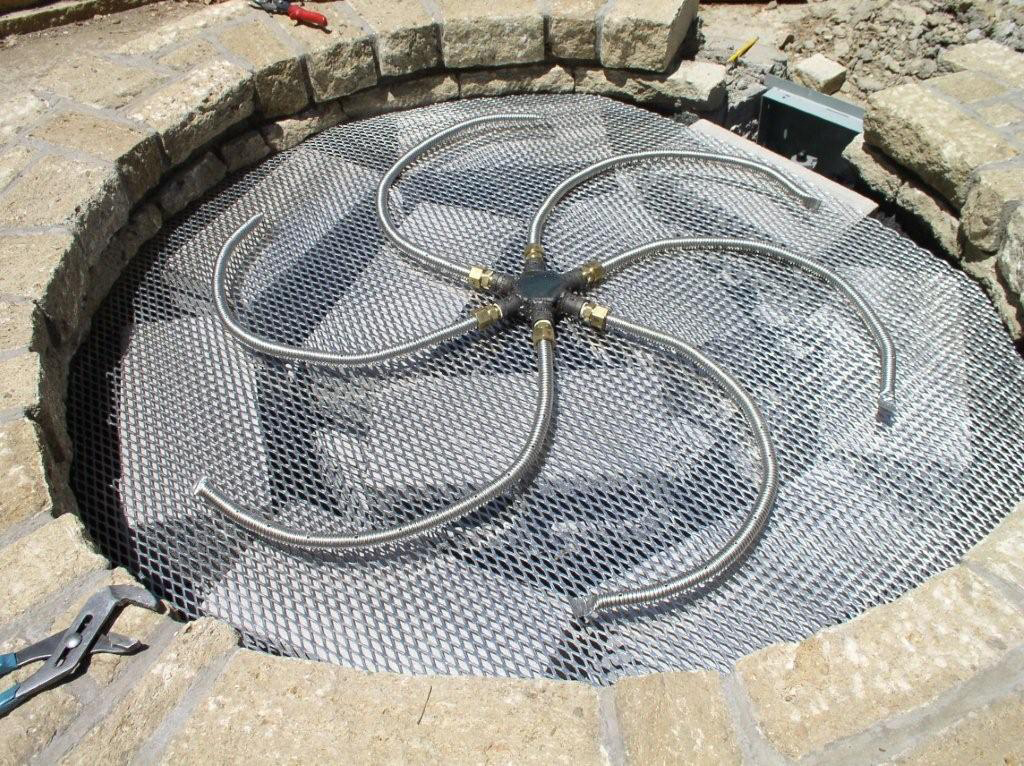
42″ O42 Alpine Outdoor Stainless Steel Vent Free Gas Fireplace Hearth Refractory Brick Liner

Luxury kits delivered to your door Outdoor fireplace kits, Diy outdoor fireplace, Fireplace kits

Related Posts:
- Best Outdoor Fireplace Design
- Outdoor Fireplace Damper
- How to Build an Outdoor Fireplace and Chimney
- Outdoor Fireplace Distance from House
- Outdoor Fireplace Set
- Isokern Outdoor Fireplace
- Outdoor Bioethanol Fireplace
- Restoration Hardware Outdoor Fireplace
- Outdoor Fireplace Instructions
- Outdoor Fireplace Ethanol
An outdoor fireplace liner is an essential component of any outdoor fireplace. It serves as a protective barrier between the fire and the surrounding masonry, preventing heat damage and ensuring the longevity of the structure. In addition to providing protection, a well-installed liner can also improve the efficiency of the fireplace by reflecting heat into the firebox, resulting in a more consistent and longer-lasting fire.
Types of Outdoor Fireplace Liners
There are several different types of outdoor fireplace liners available, each with its own set of benefits and drawbacks. The most common materials used for liners include stainless steel, cast iron, and ceramic fiber. Stainless steel liners are durable and long-lasting, making them a popular choice for outdoor fireplaces. Cast iron liners are also durable but can be prone to rust if not properly maintained. Ceramic fiber liners are lightweight and easy to install, but they may not last as long as other materials.
Installing an Outdoor Fireplace Liner
The installation process for an outdoor fireplace liner will vary depending on the type of liner you choose and the design of your fireplace. In general, it is best to consult with a professional to ensure that your liner is installed correctly and meets all safety standards. If you are installing a stainless steel liner, you will need to measure the dimensions of your firebox and cut the liner to fit. Cast iron liners may require special tools for installation, while ceramic fiber liners can be simply placed inside the firebox.
Maintaining an Outdoor Fireplace Liner
Proper maintenance is key to ensuring that your outdoor fireplace liner remains in good condition for years to come. Regular cleaning is essential to prevent creosote buildup and maintain optimal airflow. You should also inspect your liner periodically for signs of wear or damage, such as cracks or corrosion. If you notice any issues, it is important to address them promptly to prevent further damage to your fireplace.
Benefits of an Outdoor Fireplace Liner
In addition to protecting your fireplace and improving its efficiency, an outdoor fireplace liner can also enhance the overall aesthetic appeal of your outdoor living space. A well-maintained liner can add a touch of elegance and sophistication to your outdoor fireplace, making it a focal point for gatherings with family and friends. Additionally, by investing in a high-quality liner, you can increase the value of your property and create a warm and inviting atmosphere for outdoor entertaining.
Common mistakes to avoid when installing an outdoor fireplace liner:
1. Neglecting regular maintenance – Failure to clean and inspect your outdoor fireplace liner regularly can lead to safety hazards and costly repairs.
2. Choosing the wrong material – Selecting a liner material that is not suitable for your specific fireplace design or usage needs can result in inefficiency or premature wear.
3. DIY installation – Attempting to install an outdoor fireplace liner without proper knowledge or experience can result in improper installation and potential safety risks.
4. Ignoring signs of damage – Failing to address cracks, corrosion, or other issues with your liner promptly can lead to more extensive damage down the line.
Can I use my indoor fireplace liner for my outdoor fireplace?
It is not recommended to use an indoor fireplace liner in an outdoor setting due to differences in materials and durability requirements.
How often should I clean my outdoor fireplace liner?
It is recommended to clean your outdoor fireplace liner at least once a year or more frequently if you use your fireplace frequently.
Do I need professional help to install an outdoor fireplace liner?
While it is possible to install some types of liners on your own, it is recommended to seek professional help for proper installation and safety compliance.
How long does an outdoor fireplace liner typically last?
The lifespan of an outdoor fireplace liner will vary depending on materials used, frequency of use, and maintenance practices but typically ranges from 10-20 years.
Are there any specific safety precautions I should take when using a fireplace with a liner?
It is important to never leave a fire unattended, use only dry seasoned wood as fuel, and ensure proper ventilation when using your outdoor fireplace with a liner installed.
Overall, an outdoor fireplace liner is an essential component of any outdoor fireplace that provides protection, improves efficiency, and enhances the aesthetic appeal of your outdoor living space. By selecting the right material, properly installing and maintaining the liner, and avoiding common mistakes, you can enjoy a safe and beautiful outdoor fireplace for years to come. If you have any specific questions or concerns about outdoor fireplace liners, it is always best to consult with a professional for guidance and advice. Additionally, it is important to follow the manufacturer’s guidelines and recommendations for your specific liner to ensure optimal performance and longevity. By taking the time to properly care for your outdoor fireplace liner, you can enjoy a cozy and inviting outdoor space for relaxing and entertaining throughout the year.